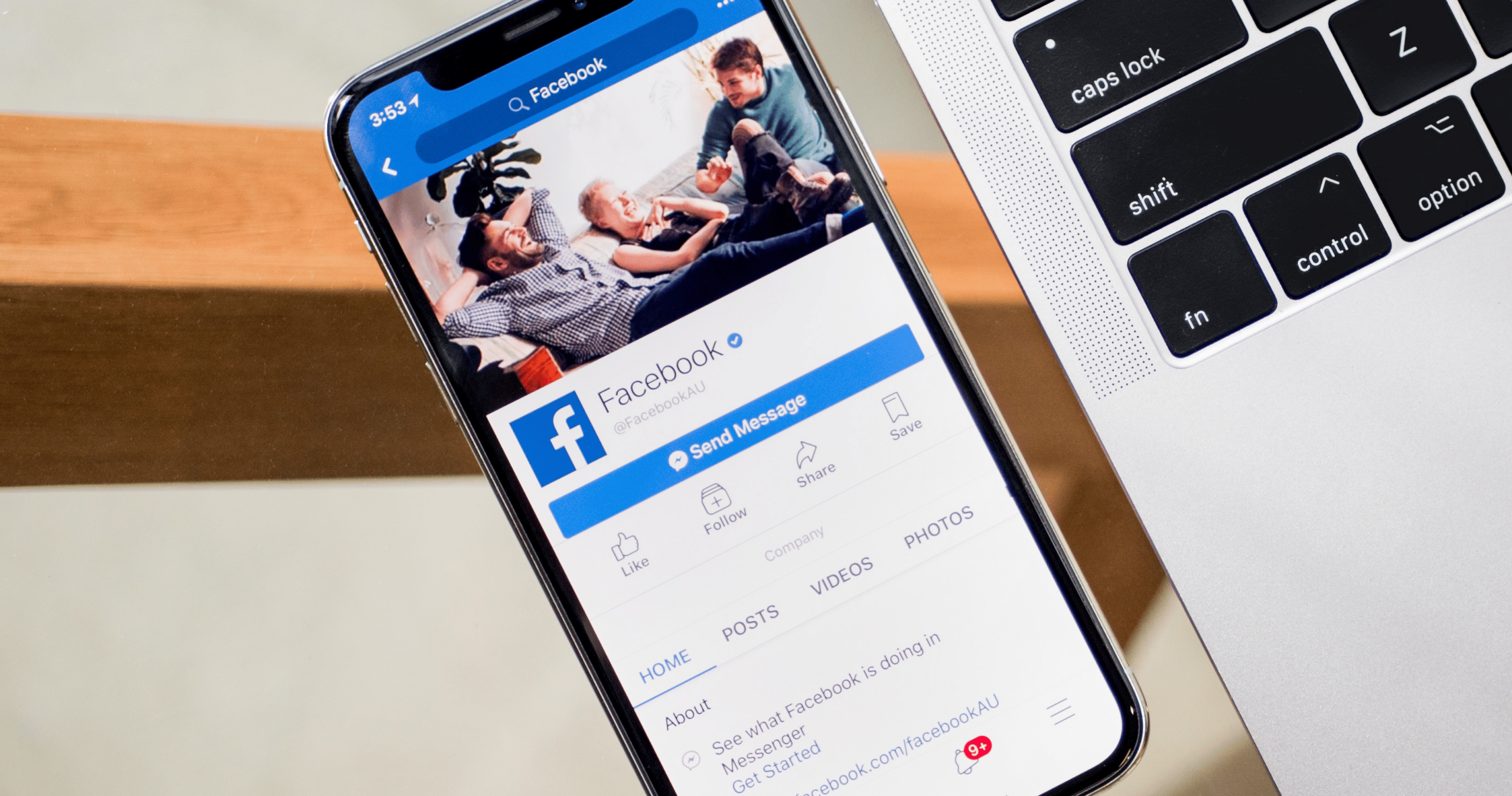As of 2016, more people actively use messaging bots than social networks. This represents a massive opportunity for marketers to reach people where they are. So it’s no big surprise that Facebook recently opened up its API to allow brands to create an owned presence on Messenger. While most brands initially used it as a customer service channel, businesses are increasingly expanding what they do on Messenger: broadcasting content, driving conversions, and engaging 1:1 with potential customers.
To leverage Messenger in such ways, brands generally rely on Messenger bots. And with the emergence of tools like
ManyChat, creating a Messenger bot has become a democratized process that doesn’t require knowledge of programming or artificial intelligence. Any brand can use ManyChat to create simple bots that capture email addresses, drive traffic to their websites, and create entirely new value propositions that take advantage of Messenger’s 1:1 nature.
Today, we want to take the conversation one step further and talk about growth. Because if you create a bot but not an audience, you’re only going to be talking to yourself—and you’ll be missing a massive opportunity.










